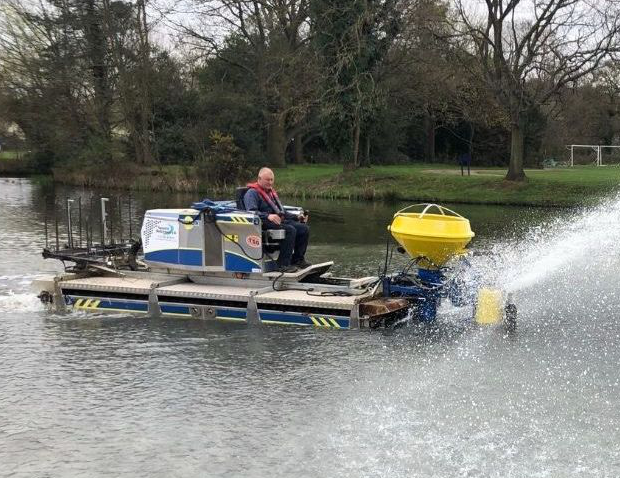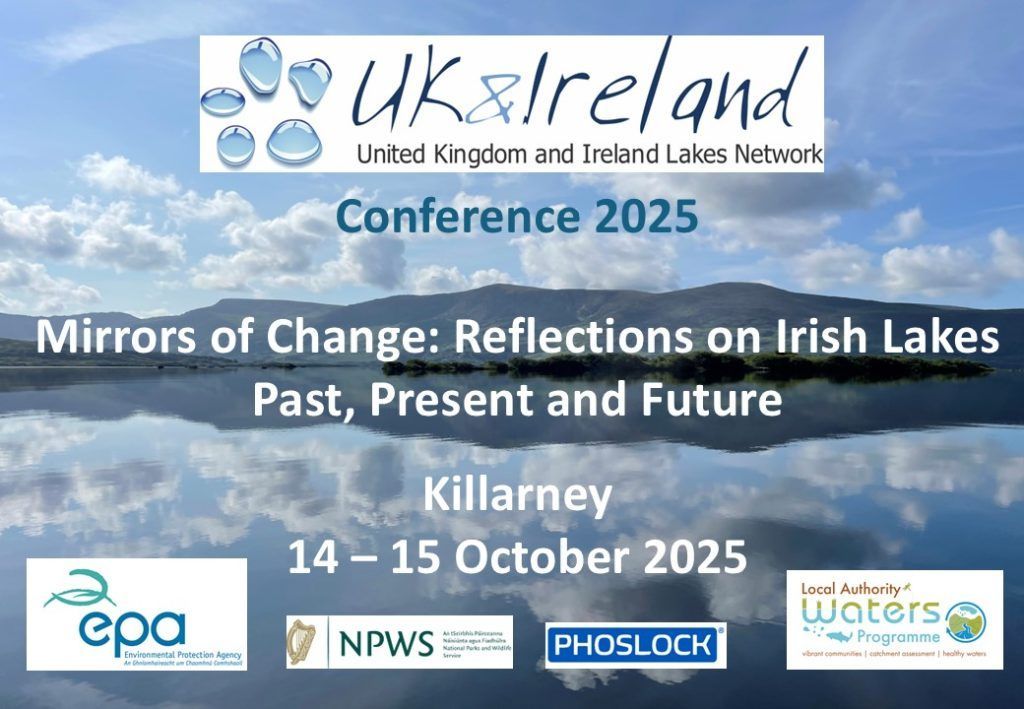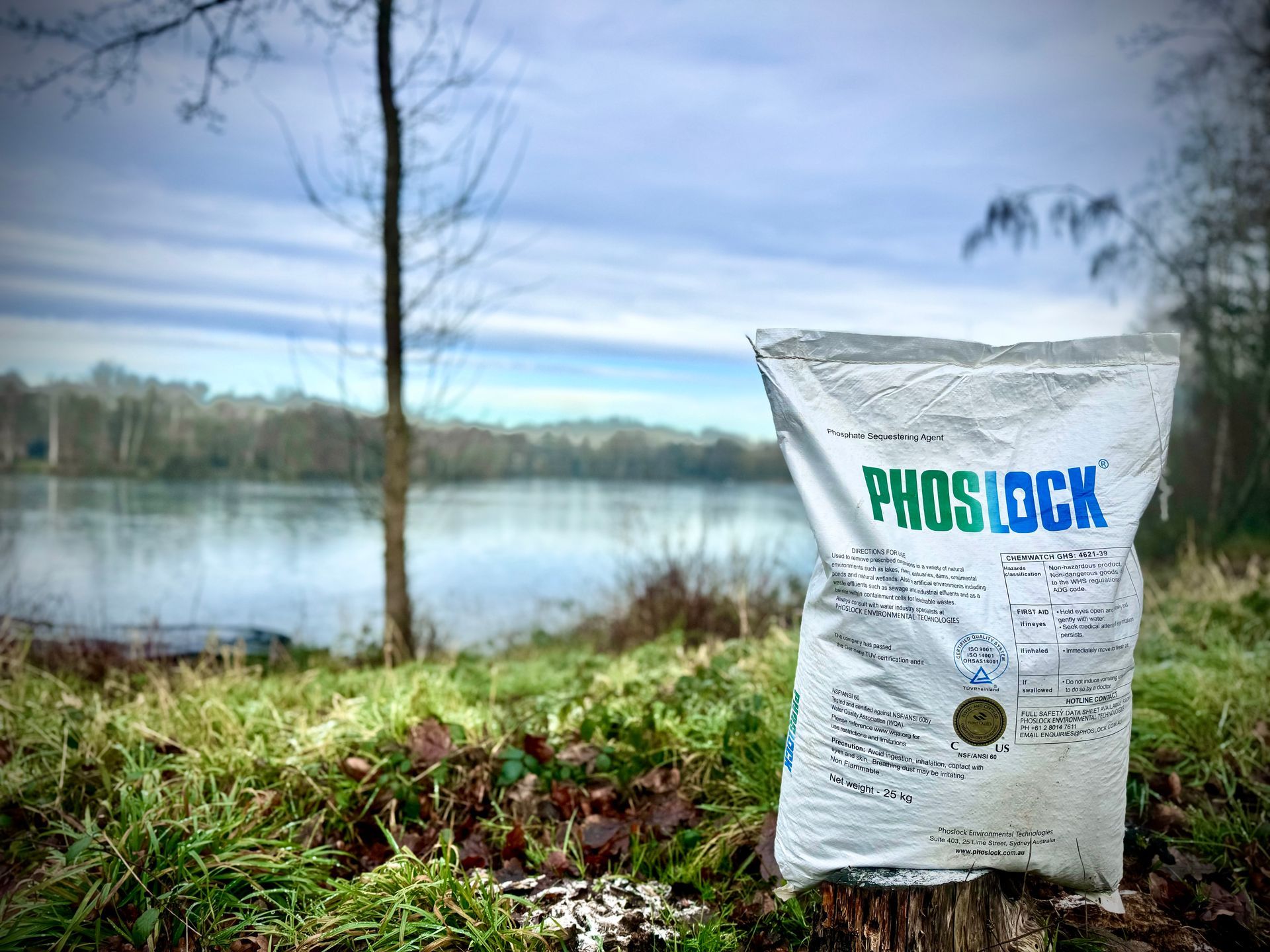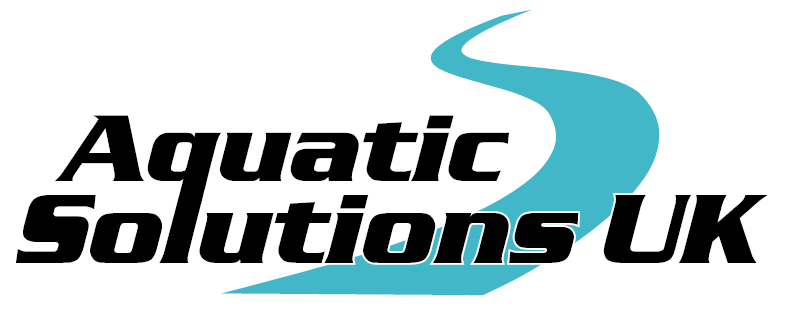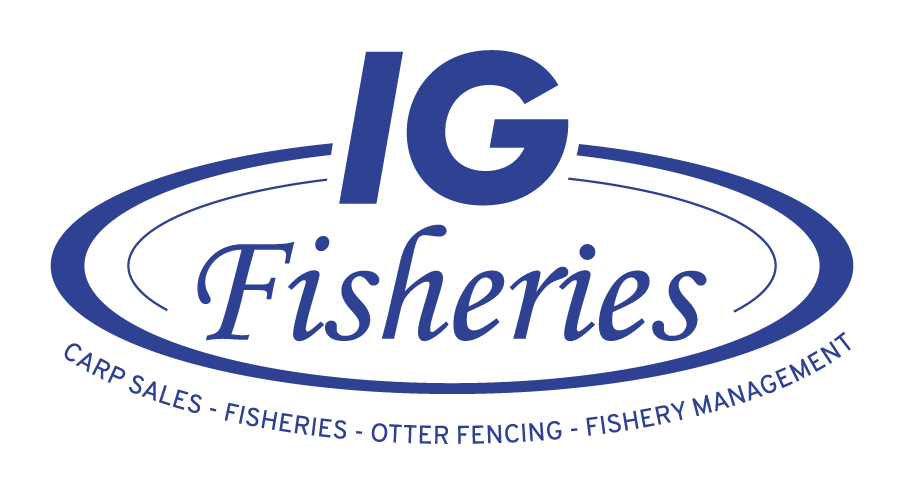Demonstrating the effectiveness of phosphorus-binding technology in reducing algal blooms and improving freshwater quality.
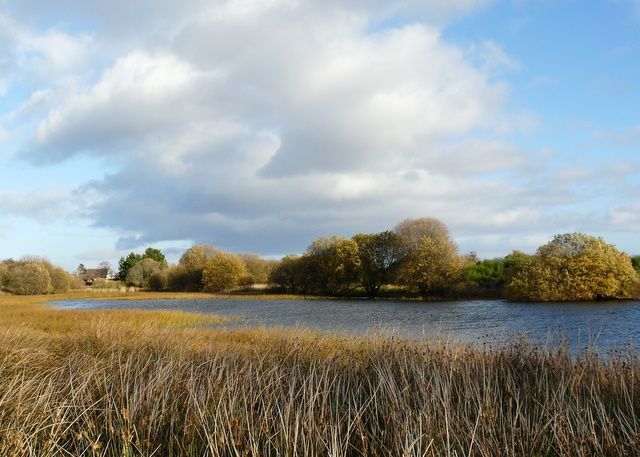
Restoring Loch Flemington: A Landmark Case for Phosphorus Control
In 2011, BBC Scotland reported on the dramatic recovery of Loch Flemington, a 35-acre kettle hole loch near Nairn, following decades of pollution and algal blooms driven by excess nutrients.. You can read the original article here: Saving Highland's Loch Flemington 'globally important'.
For years, this small but ecologically significant loch suffered from nutrient enrichment, leading to severe algal blooms. In 1995, an intense bloom of blue-green algae depleted oxygen levels and killed every trout in the loch in a single day. Community concerns dated back to the 1970s, when sewage discharges and catchment pressures first began to affect water quality.
By the early 2000s, local residents, scientists, and conservation groups faced the stark reality that traditional methods, such as the use of barley straw, were not reversing the damage. Draining or dredging the loch was ruled out due to ecological risk. A new solution was needed.
The Role of Phoslock
In 2009, the Centre for Ecology and Hydrology (CEH) worked with the local community to apply Phoslock, a lanthanum-modified bentonite clay. Unlike algicides, Phoslock does not kill algae. Instead, it targets the root cause of nutrient rich water by binding with free phosphorus in both the water and sediments. Without excess phosphorus in the water column, and sediment released phosphates, the signs of eutrophication, ageing water and poor water quality are managed and controlled to restore the natural balance of a fresh water system.
At Loch Flemington, Phoslock was applied as a one-off treatment within a restoration project.
Measured Results
Post-treatment monitoring showed:
- Significant reductions in phosphorus concentrations.
- A two-thirds reduction in nutrient driven issues compared with pre-treatment conditions.
- Clearer water and improved ecological conditions, with continued recovery supported by community-led monitoring.
Importantly, Loch Flemington had an exceptional archive of long-term data. Records stretching back over 40 years allowed scientists to confidently measure changes in water quality before and after the treatment.
A Globally Relevant Case Study
The success at Loch Flemington was considered internationally significant. It demonstrated that targeted phosphorus control in natural water bodies is possible and effective, setting a model for lake restoration projects worldwide.
Community involvement was central to the loch’s recovery. Local volunteers carried out monthly monitoring, tested water quality, and helped control invasive aquatic plants. Their work, alongside CEH scientists, ensured reliable long-term data collection and ongoing stewardship.
Why This Matters Today
Loch Flemington remains one of the earliest and best-documented examples of Phoslock’s use in a natural freshwater environment. The results continue to inform projects across Europe and beyond, offering a sustainable method for managing eutrophication and preventing the damaging effects of nutrient pollution.
As Dr Alastair Noble, who led the community campaign, remarked in the BBC report:
“Water is the key to all human life. We cannot do without water, but we take it for granted. There is tremendous interest in how we restore water that has either been polluted, or is in the process of being polluted, to make it clean and usable.”
Loch Flemington’s story shows that with science, technology, and community commitment, even severely degraded water bodies can recover.
Talk to us
The success at Loch Flemington highlights what can be achieved when science and community action come together. Phoslock has since been applied in a range of freshwater projects across Europe, giving decision-makers a proven option for reducing phosphorus and tackling the root causes of poor water quality.
If you are responsible for managing a lake, reservoir, or other freshwater body, and would like to discuss how Phoslock could support your restoration goals, please contact Damian Whelan, General Manager for Europe. He will be pleased to provide guidance on whether this solution is suitable for your waterbody and share case studies relevant to your needs.















